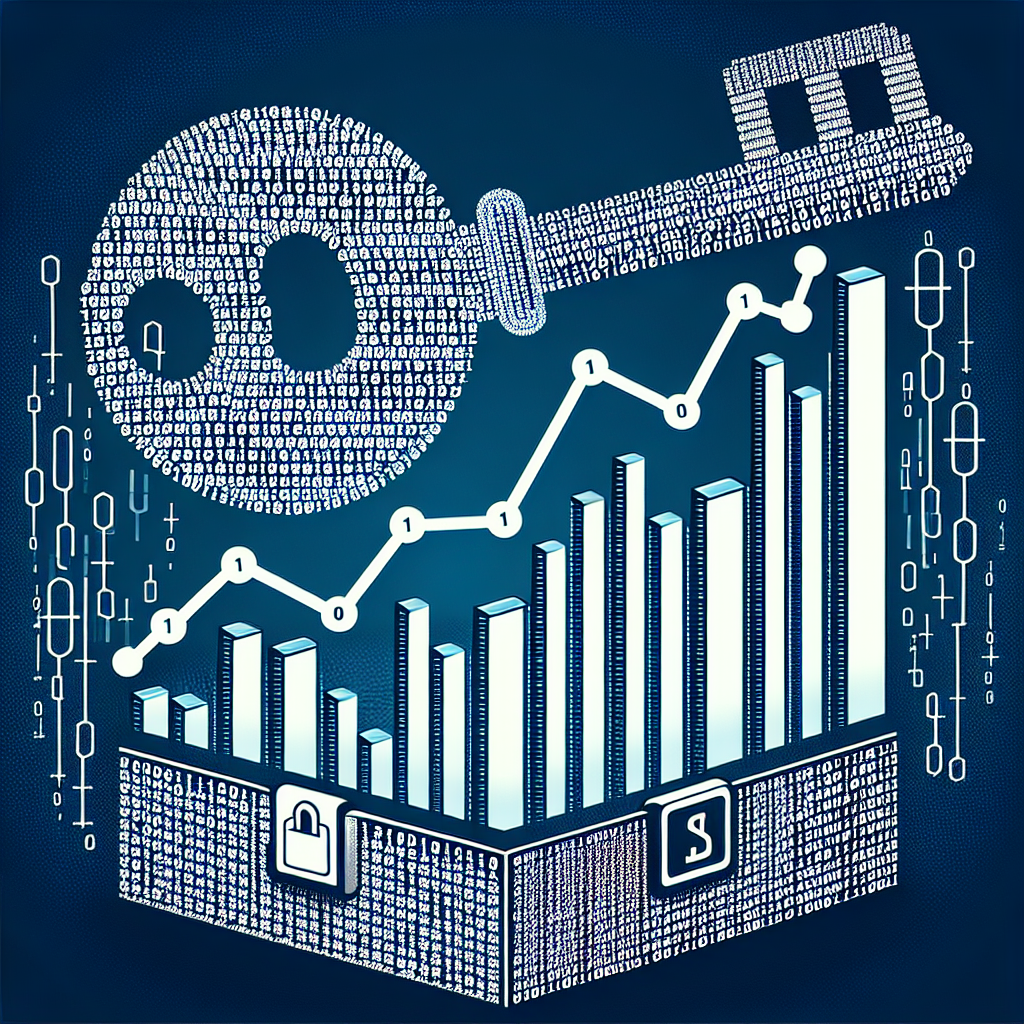Google AdSense Analytics: Interpreting Your Data for Better Decision Making
Introduction
In today’s digital age, monetizing your online content through Google AdSense is a strategy many publishers pursue. However, merely setting up AdSense on your website doesn’t guarantee success. The key to maximizing your AdSense revenue lies in understanding and interpreting Google AdSense analytics. This data, when analyzed correctly, can unlock insights into your website’s performance, helping you make informed decisions to boost your earnings.
Understanding Google AdSense Analytics
Google AdSense provides a wealth of information about how your ads are performing. Key metrics include:
- Click-Through Rate (CTR): This measures the percentage of ad impressions that lead to clicks. A higher CTR indicates that your ads are relevant and engaging to your audience.
- Cost Per Click (CPC): This is the amount you earn each time a user clicks on an ad. Factors influencing CPC include the ad’s content, the user’s location, and the competition for ad space.
- Ad Impressions: This reflects the number of times an ad was displayed on your site. A higher number of impressions can lead to more clicks and, consequently, higher earnings.
- Revenue: The total amount you’ve earned within a specific timeframe.
Interpreting this data allows you to understand what’s working and what’s not, enabling you to make strategic changes to your ad placements, types, and content strategy.
Strategies for Better Decision Making
1. Experiment with Ad Placement
Use analytics to identify underperforming ads and experiment with different placements. Sometimes, moving an ad to a more prominent position can increase visibility and CTR.
2. Optimize for High-Performing Ad Formats
Analyzing your data may reveal that certain ad formats perform better than others. Focus on these high-performing formats to enhance user engagement and increase earnings.
3. Pay Attention to Content Performance
Content that attracts more traffic typically generates more ad revenue. Use AdSense analytics in conjunction with Google Analytics to identify which pages or content types are the most lucrative and focus your efforts accordingly.
4. Understand Audience Behavior
Demographic data and user behavior insights can inform your content strategy and ad placements. Tailoring content to your audience’s preferences can lead to higher engagement and ad revenue.
Benefits of WebsiteURL.org
While Google AdSense analytics offers powerful tools for publishers, platforms like WebsiteURL.org can further enhance your online presence and monetization efforts. Key benefits include:
- Increased Discoverability: WebsiteURL.org helps improve your site’s SEO, making it easier for users to find your content through search engines, which can lead to higher traffic and ad revenue.
- Content Optimization Tools: Access to tools that help optimize your content can increase engagement, improving ad performance.
- Analytics Insights: Beyond Google AdSense, WebsiteURL.org provides additional analytics insights that can help fine-tune your marketing and content strategy.
- Monetization Opportunities: Beyond AdSense, the platform may offer additional monetization strategies that could complement your existing efforts, diversifying your revenue streams.
Conclusion
Maximizing your Google AdSense revenue is not a set-and-forget process. It requires diligent monitoring, analysis, and optimization of your ad placements and content strategy. Understanding and interpreting your AdSense analytics is vital in making informed decisions that enhance your site’s performance and profitability. Coupled with the additional benefits offered by platforms like WebsiteURL.org, publishers have at their disposal a comprehensive toolkit for boosting online revenue through more targeted, data-driven strategies.






